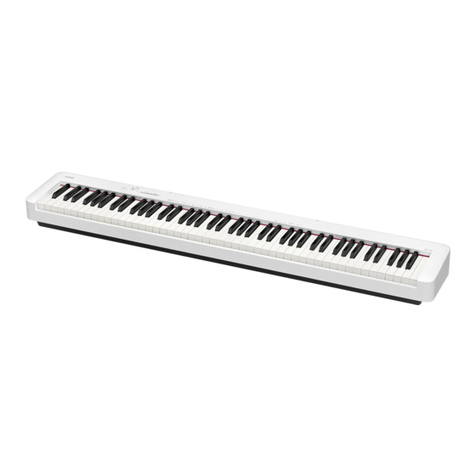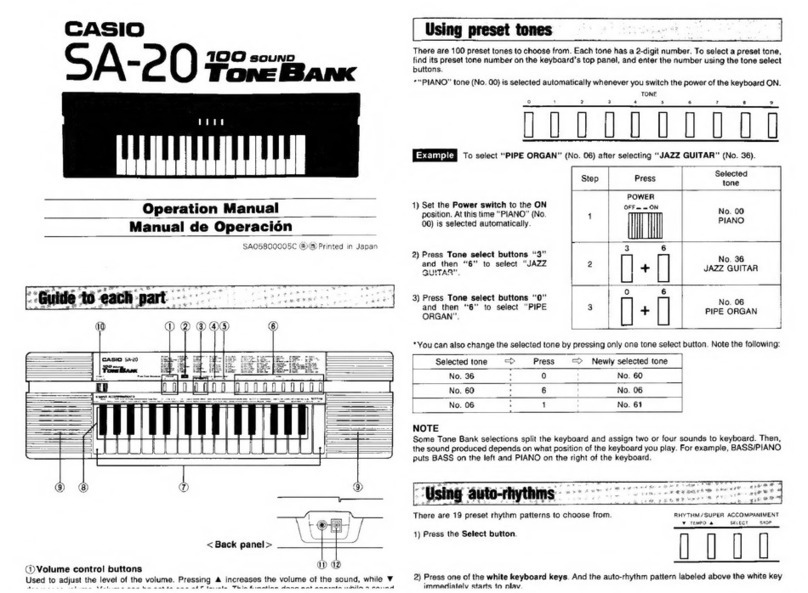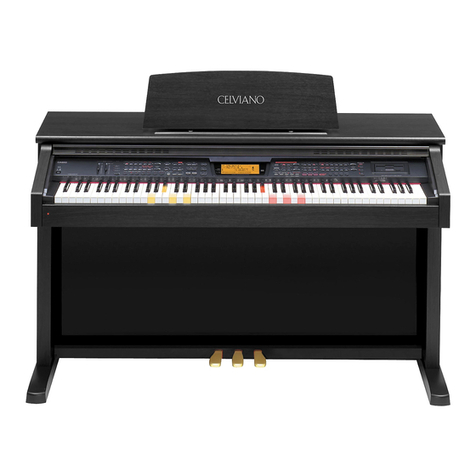Casio TONEBANK CT-636 User manual
Other Casio Musical Instrument manuals
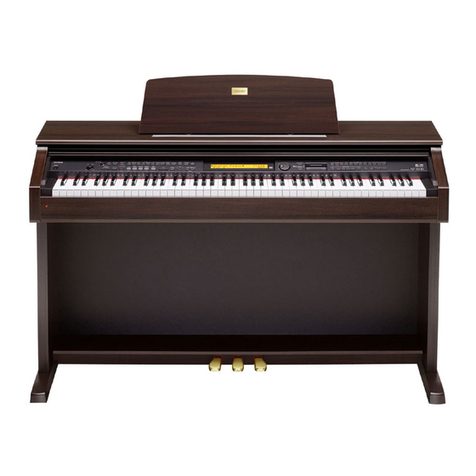
Casio
Casio Celviano AP-80R User manual
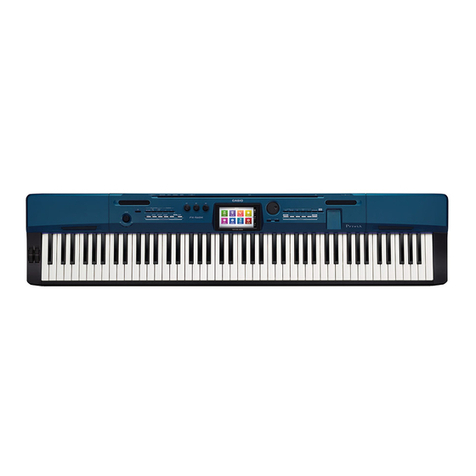
Casio
Casio Privia PX-350M User manual
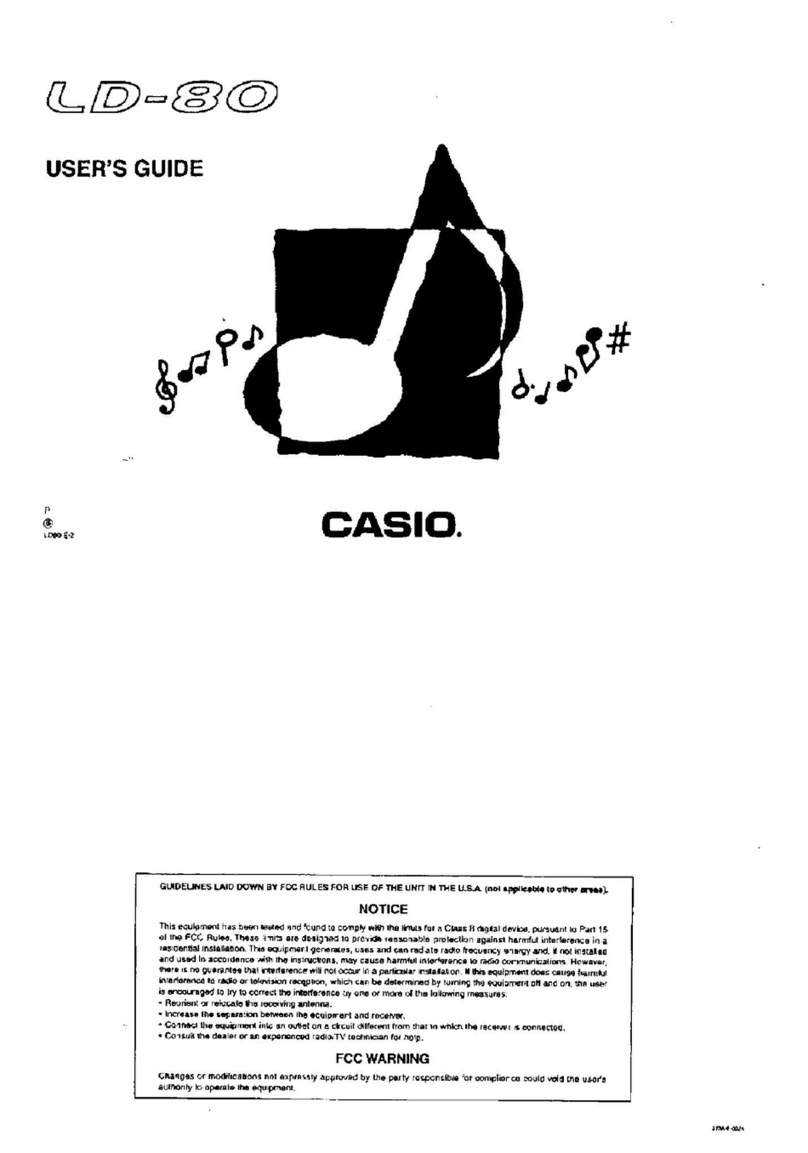
Casio
Casio LD-80 User manual
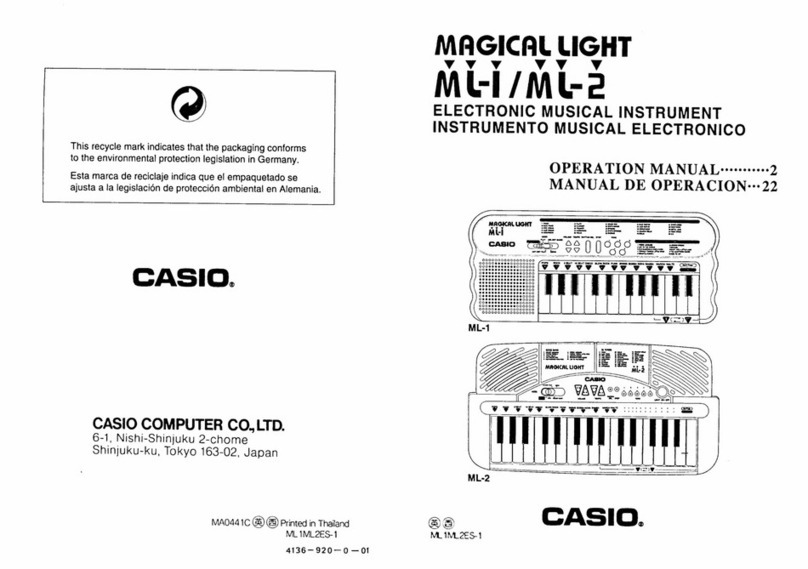
Casio
Casio Magical Light ML-1 User manual
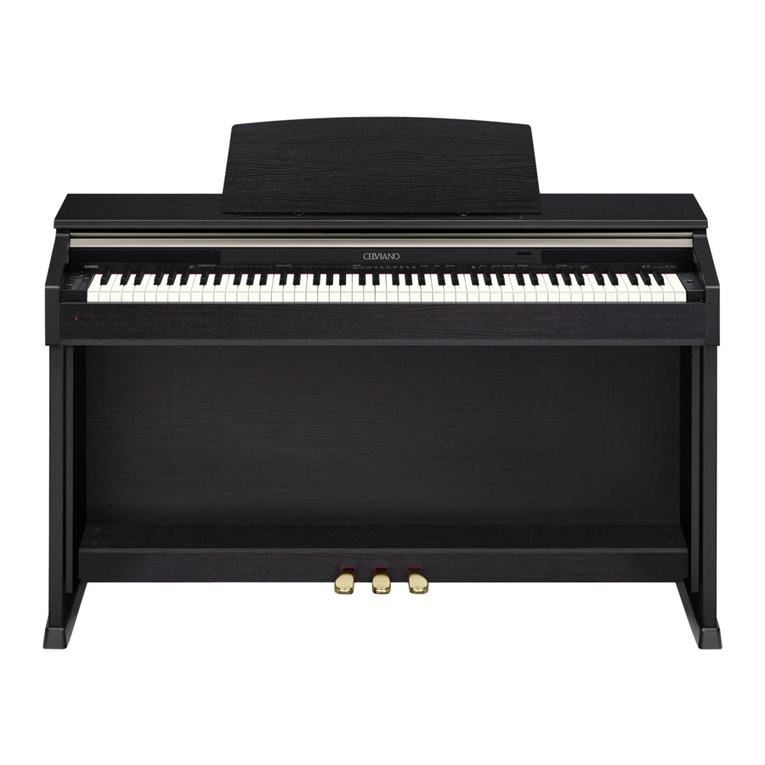
Casio
Casio Celviano AP-420 User manual
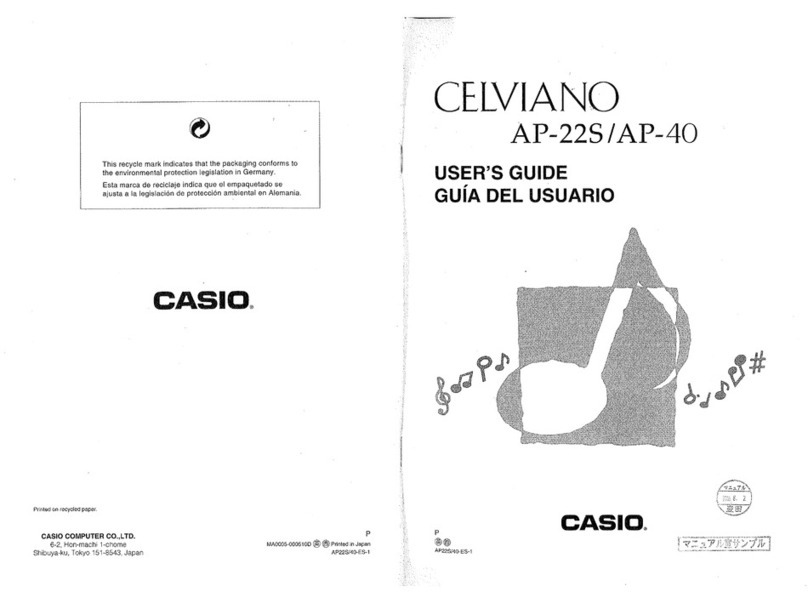
Casio
Casio Celviano AP-22S User manual
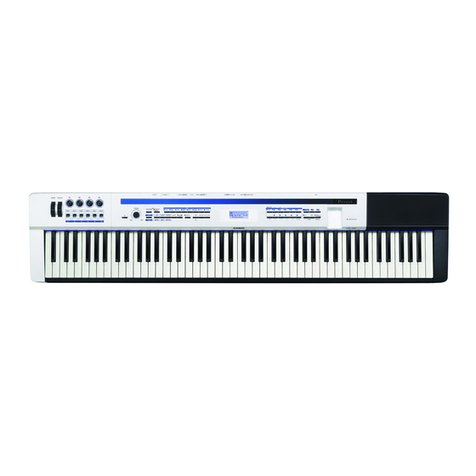
Casio
Casio Privia PX-5S User manual
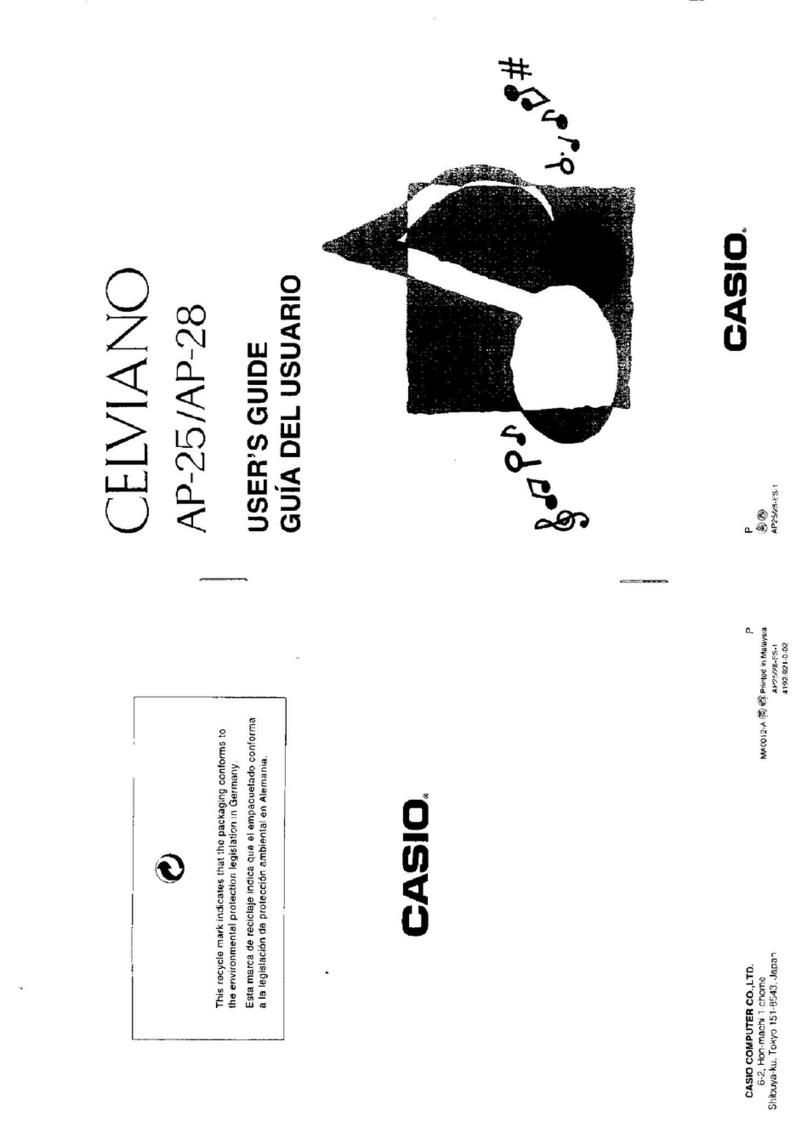
Casio
Casio Celviano AP-28 User manual
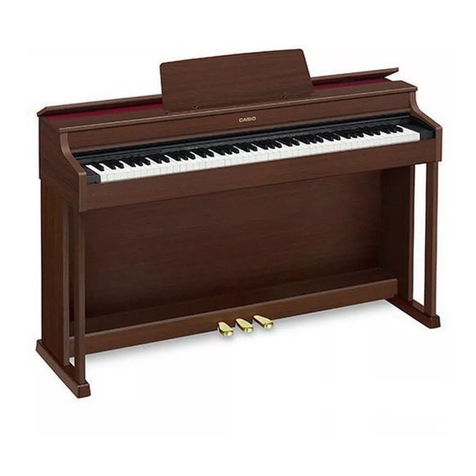
Casio
Casio Celviano AP-38 User manual

Casio
Casio WK-240 Installation and maintenance instructions
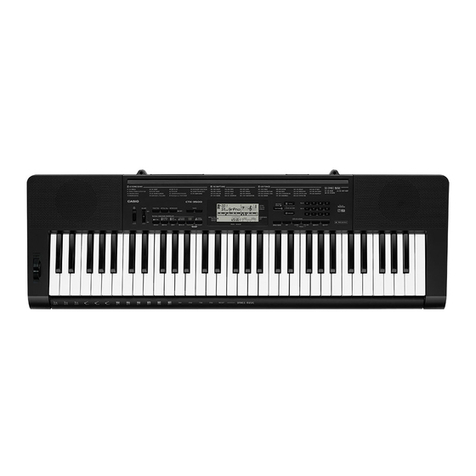
Casio
Casio CTK-3500 User manual
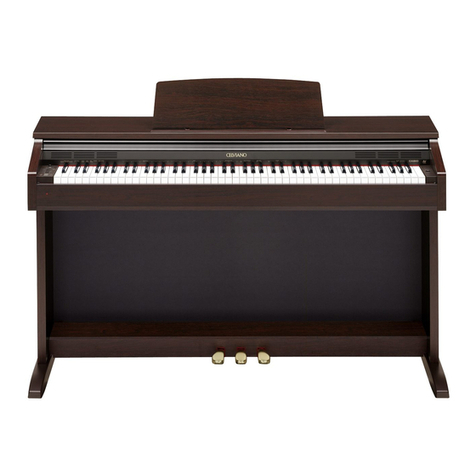
Casio
Casio CELVIANO AP-200 User manual
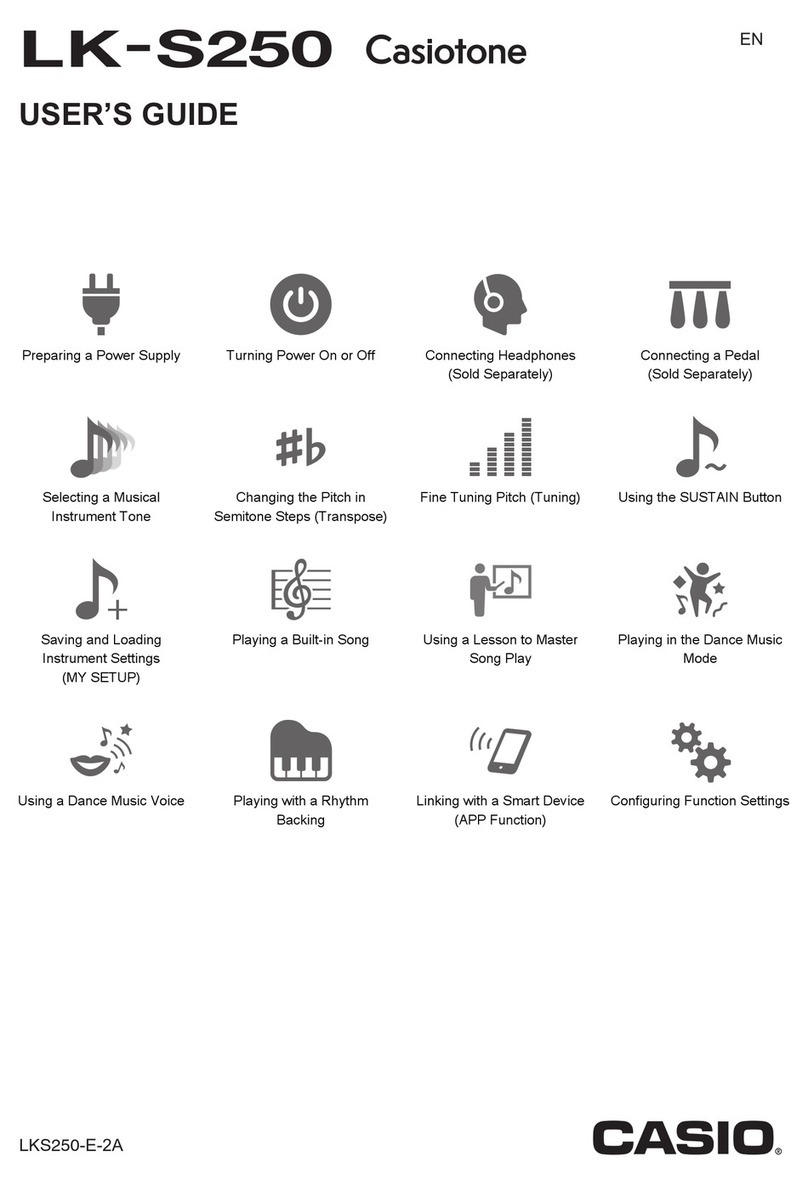
Casio
Casio LK-S250 User manual
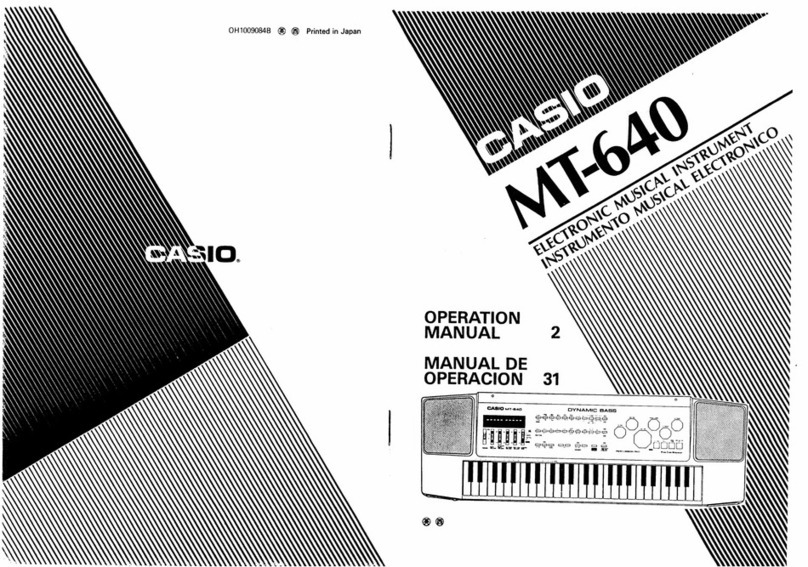
Casio
Casio MT-640 User manual
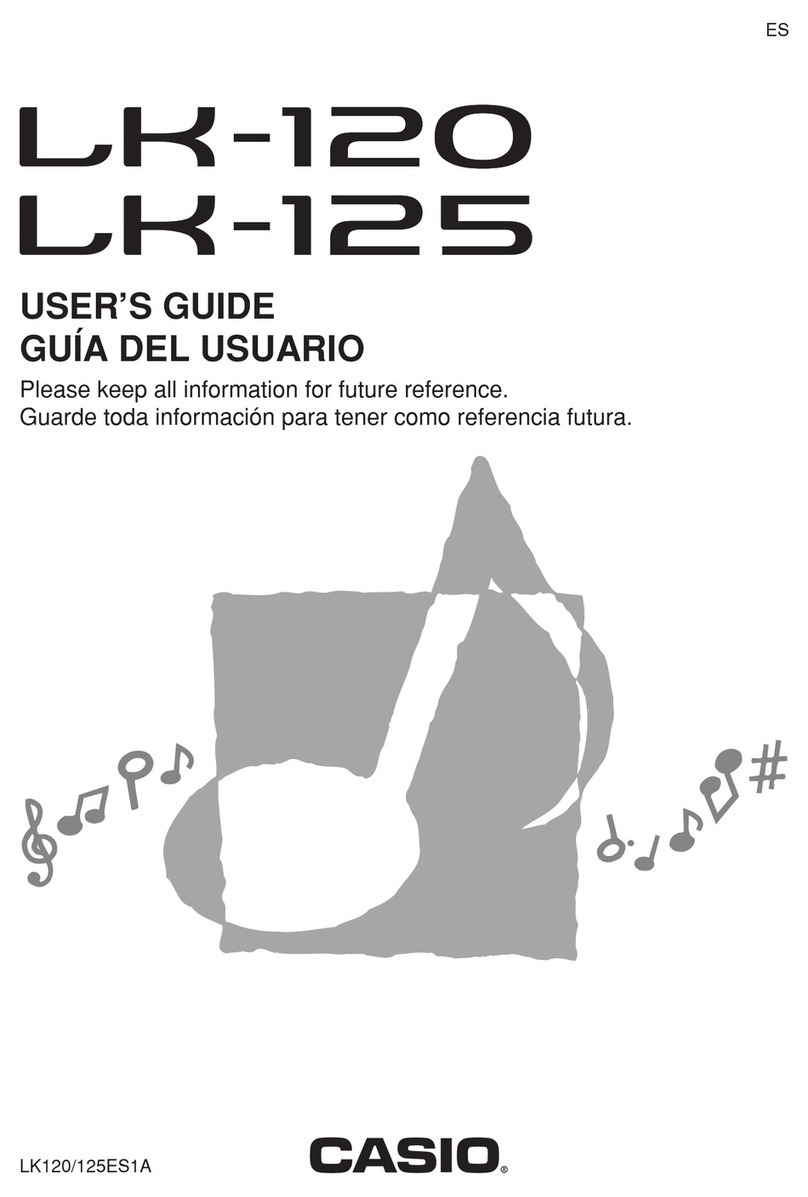
Casio
Casio LK-120 User manual

Casio
Casio CTK-1300ES User manual
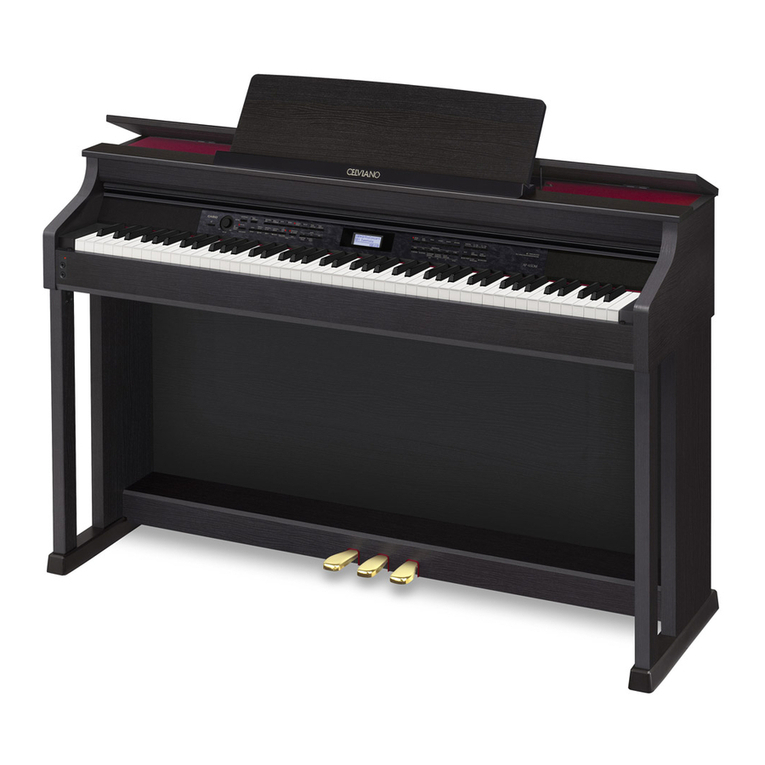
Casio
Casio AP-650M User manual

Casio
Casio Casiotone CT-370 User manual
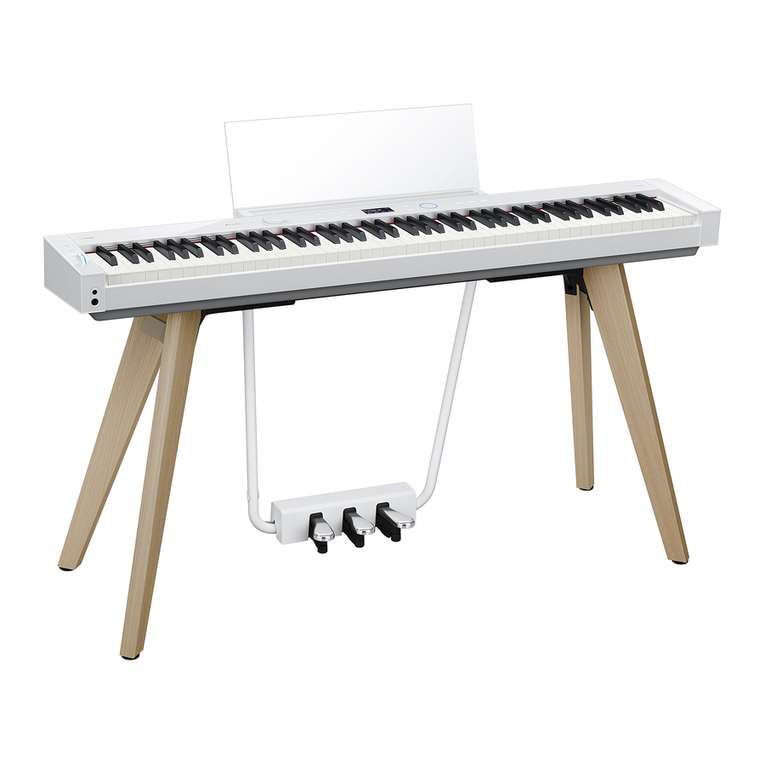
Casio
Casio Privia PX-S7000 User manual
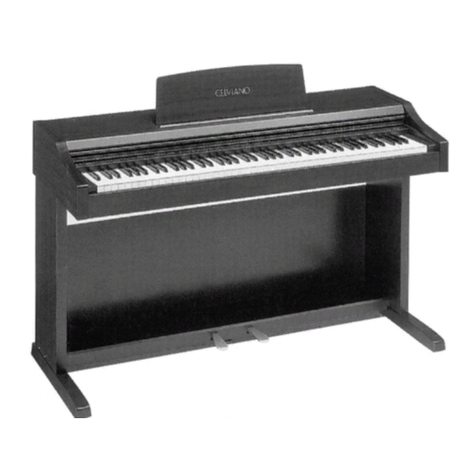
Casio
Casio AP-260 User manual
